基本をマスターする: リチウム電池とは何ですか?
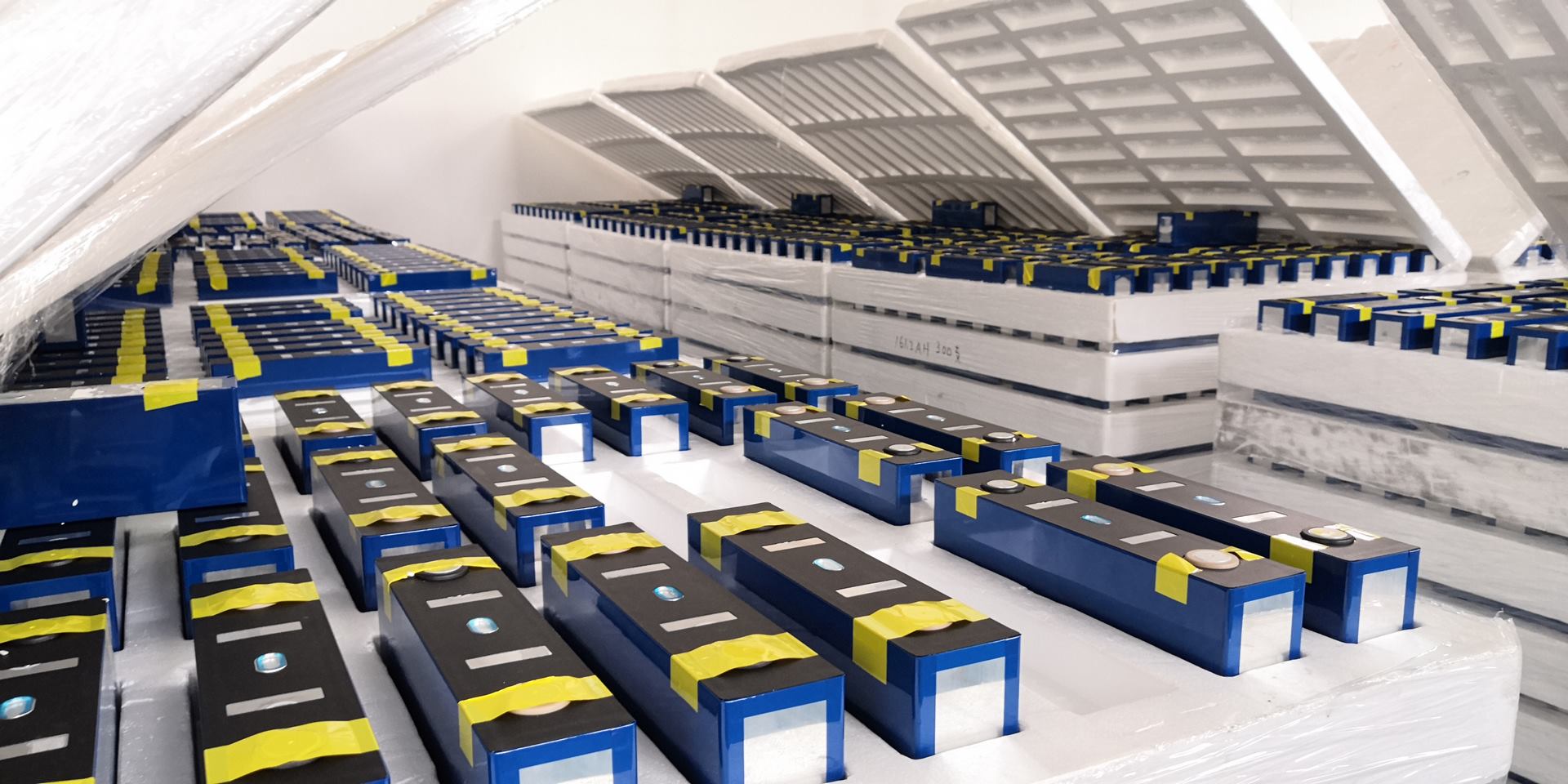
スマートフォン、ノートパソコン、電気自動車に電力を供給するバッテリーの背後にあるテクノロジーに興味がありますか? リチウム バッテリーに注目してください。
リチウム電池は現代の電子機器や輸送手段で広く使われるようになりましたが、リチウム電池とは何か、どのように機能するのかについて、いまだによくわかっていない人が多くいます。この記事では、リチウム電池の基本、その構成、機能、他の種類の電池と比較した利点などについて説明します。
リチウム電池の世界を詳しく調べていくと、さまざまな種類のリチウム電池とそのさまざまな用途がわかります。技術愛好家、エレクトロニクス業界の専門家、または単にデバイスを動かす技術を理解したい人など、この記事はリチウム電池の世界を包括的に紹介し、リチウム電池について十分な情報に基づいた決定を下すための知識を提供します。 使用とメンテナンス.
それでは、リチウム電池とは何かという基本をマスターしましょう。
序章
あなたはリチウム電池の刺激的な世界への旅に出ようとしています。そこでは、これらの小さなエネルギー源の力があなたの心を稲妻のように明るく照らします。
リチウム電池とはどういう意味ですか? 「リチウム電池」とは、リチウムを電気化学反応のコアコンポーネントとして使用する充電式電池の一種を指します。リチウム電池は、エネルギー密度が高く、比較的小型で軽量なパッケージに大量の電気エネルギーを蓄えることができるため、幅広い用途で非常に人気があります。リチウム電池は、 ポータブル電子機器、電気自動車、再生可能エネルギーシステム、さらには ペースメーカーなどの医療機器.
リチウム電池の主な利点の一つは、その低消費電力である。 自己放電率つまり、再充電しなくても、より長い期間にわたって充電を維持できるということです。対照的に、ニッケルカドミウム電池などの他の種類の電池は、使用していない場合でも、1 か月あたり最大 20% の充電が失われる可能性があります。
リチウム電池は何度も充電できる 容量が低下し始める前に充電できるため、デバイスに電力を供給するためのコスト効率が高く環境に優しい選択肢となります。
特にリチウムイオン電池は、 再生可能エネルギー 太陽光発電や風力発電などのシステムで使用されます。これらのバッテリーは、生産ピーク時にこれらのシステムによって生成された余剰エネルギーを蓄え、生産量が少ない期間や需要が高い期間に放出することができます。
世界が持続可能なエネルギー源に向かって動き続ける中、リチウム電池は信頼性が高く、持続可能なエネルギー源に対する需要の高まりを満たす上で重要な役割を果たすことになるでしょう。 効率的なエネルギー貯蔵ソリューション.

リチウム電池の定義と構成を理解する
リチウム電池は何でできていて、誰が発明したのか知りたいですか?リチウム バッテリー リチウム金属またはリチウム化合物の陽極、コバルト、ニッケル、マンガンなどの材料で作られた陰極、および陽極と陰極の間でイオンが流れる電解液で構成されています。
誰が発明したかというと、 スタンリー・ウィッティンガム 1970年代に初めて充電式リチウムイオン電池の概念を開発し、その後、 ジョン・グッドイナフ と 吉野 彰.
リチウム電池は何でできていますか?
リチウム電池は、反応性の高い金属元素であるリチウムと、さまざまな有機電解質で構成されています。これらの電解質は通常、電極間でリチウムイオンが移動できるようにする溶媒と塩で構成されています。
電極自体はさまざまな材料で構成されていますが、一般的にはコバルト酸リチウム、リン酸鉄リチウム、マンガン酸リチウムなどが含まれます。
リチウム電池のケースは通常金属またはプラスチックで作られており、繊細な内部部品を損傷から保護するように設計されています。さらに、ほとんどのリチウム電池には、 過充電 過熱して火災や爆発を引き起こす可能性があります。
リチウム電池の基本的な構成要素を理解することは、これらの強力なエネルギー源を安全かつ効果的に使用するために不可欠です。
リチウム電池を発明したのは誰ですか?
リチウム電池の発明者、スタンレー・ウィッティンガムがいなければ、私たちが毎日頼りにしている携帯用技術を利用できなかったと考えると、信じられない気持ちになります。イギリスの化学者であるウィッティンガムは、1970年代にエクソンで働いていたときに、リチウムが充電式電池の陽極材料として使用できることを発見しました。彼は二硫化チタンを陰極として使用し、電池を軽量かつ効率的にしました。この電池はまだ商業的に実用化されていませんでしたが、リチウムイオン電池の開発への第一歩となりました。
次の画期的な発明は、テキサス大学の教授ジョン・グッドイナフによるもので、彼はコバルト酸化物のカソードを開発し、電池のエネルギー密度を大幅に高めました。これにより、実用的なリチウムイオン電池が開発され、1991年にソニーによって初めて商品化されました。今日、リチウムイオン電池は、携帯電話やノートパソコンから電気自動車や再生可能エネルギーの貯蔵まで、幅広い用途で使用されています。これはすべて、私たちの生活に電力を供給する方法に革命をもたらしたウィッティンガムとグッドイナフの先駆的な研究のおかげです。
| 私発明家 | 年 | 発見 |
|---|---|---|
| スタンリー・ウィッティンガム | 1970年代 | 負極材料としてのリチウム |
| ジョン・グッドイナフ | 1980年代 | エネルギー密度を高めるコバルト酸化物カソード |
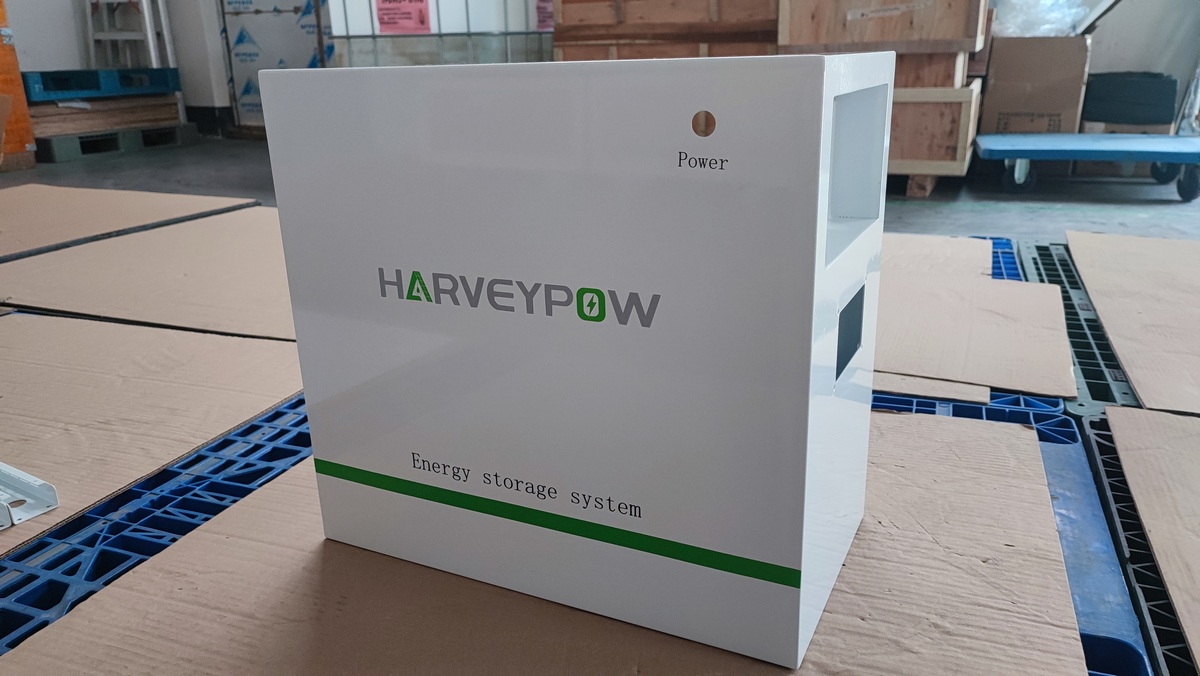
リチウム電池の仕組み
リチウム電池の内部の仕組みを理解することは、シームレスで持続可能なエネルギー貯蔵の鍵となる謎を解くようなものです。
リチウム電池はリチウムを使用した充電式電池である。 イオン 電極間でエネルギーを伝達します。化学反応を利用して機能します。 リチウムイオンとバッテリーの材料 電極は、さまざまなデバイスやシステムに電力を供給するために使用できる電子の流れを作成します。
バッテリーには、リチウム金属酸化物化合物で作られた正極と炭素で作られた負極が含まれており、それらは電解液によって分離されています。
とき リチウム電池が充電されているリチウムイオンは電解液を通ってカソードからアノードに移動します。バッテリーが放電されると、このプロセスは逆になり、リチウムイオンはアノードからカソードに戻ります。
リチウムイオンの動きによって電子の流れが生成され、スマートフォン、ノートパソコン、電気自動車などのデバイスに電力を供給することができます。
リチウム電池は効率が高く、エネルギー密度が高いため、小さなスペースに大量のエネルギーを蓄えることができます。ただし、温度変化に敏感で、定期的に使用または充電しないと自己放電を起こす可能性があります。
リチウム電池の仕組みを理解することは、電池の性能を最大限に引き出し、できるだけ長持ちさせるための鍵となります。
リチウム電池の種類
さまざまなタイプの リチウムイオン電池 リチウムイオン電池にはさまざまな形やサイズがあり、それぞれに長所と短所があります。最も一般的なリチウムイオン電池の種類は次のとおりです。 リチウムコバルト酸化物 (LCO), マンガン酸リチウム(LMO), リチウムニッケルマンガンコバルト酸化物(NMC), リチウムポリマー電池(LiPo), リン酸鉄リチウム(LFP), チタン酸リチウム電池(LTO)、 と リチウムニッケルコバルトアルミニウム酸化物(NCA).
これらの化学物質の違いを理解しやすくするために、それぞれの特性を示す表を以下に示します。
| 化学 | エネルギー密度 | サイクルライフ | 料金 | 安全性 |
|---|---|---|---|---|
| LCO | 高い | 適度 | 高い | 低い |
| LMO | 適度 | 高い | 適度 | 高い |
| 国立医療センター | 高い | 高い | 適度 | 高い |
| リポ | 低い | 高い | 高い | 適度 |
| LFP | 低い | 高い | 低い | 高い |
| ライト | 低い | 高い | 高い | 高い |
| カナダ | 高い | 高い | 高い | 高い |
ご覧のとおり、バッテリーの化学組成によってエネルギー密度は大きく異なり、LCOが最も高く、LiPoが最も低いです。サイクル寿命、つまり1回の充電回数は、 バッテリーは充電可能 劣化する前に放電するコストは、LMOとNMCが最も高い。バッテリーの化学コストはLCOとLiPoが最も高く、LFPが最も安い。最後に、 安全性はあらゆるタイプのリチウムイオン電池にとって懸念事項であるしかし、LCO は最も安全性が低いと考えられています。
選択する場合 リチウム電池販売中、アプリケーションとデバイスの特定の要件を考慮することが重要です。たとえば、高いエネルギー密度が必要でコストが問題にならない場合は、LCOが最適な選択肢になる可能性があります。一方、 長いサイクル寿命 低コストなので、LFP の方が良い選択肢かもしれません。さまざまな種類のリチウムイオン電池とその特性を理解することで、デバイス用の電池を選択する際に情報に基づいた決定を下すことができます。
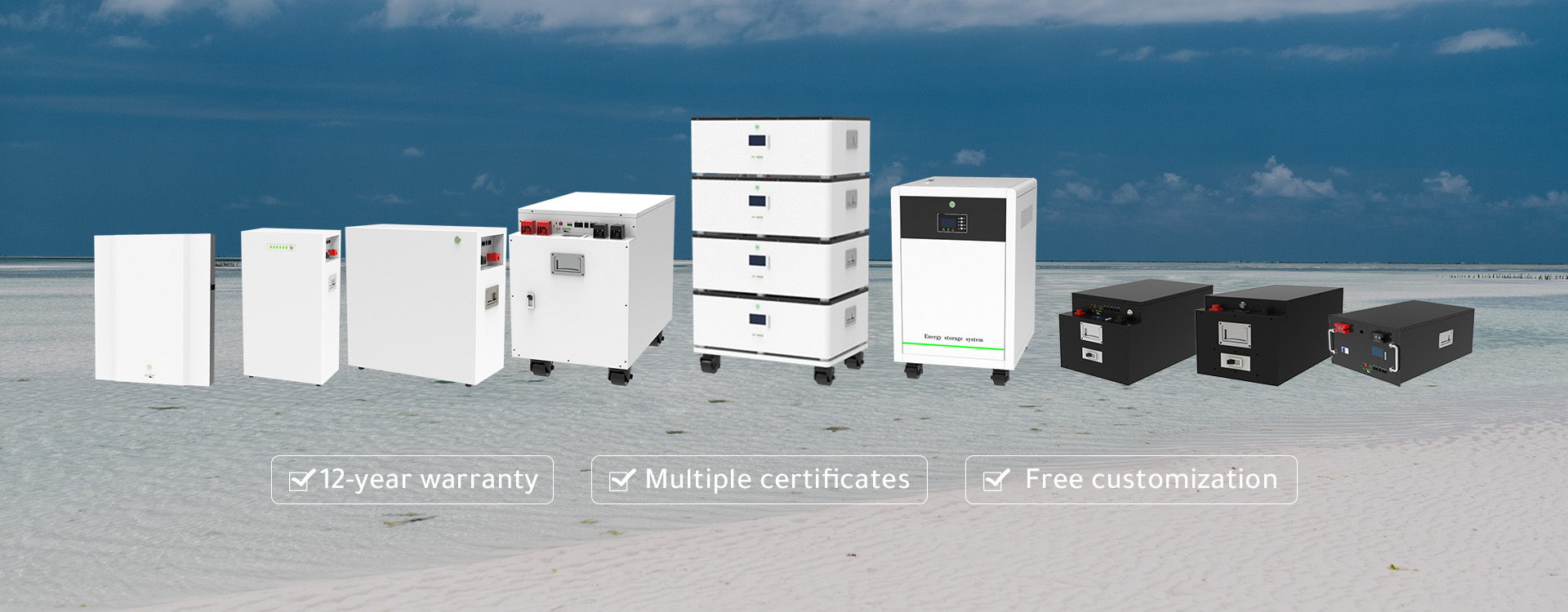
リチウム電池の利点
知っておいてよかったと思うのは リチウム電池はより高いエネルギーと電力を持っている 他の電池化学に比べて密度が高く、より小さなサイズと重量でより多くのエネルギーを蓄えることができるため、ポータブルデバイスや電気自動車に最適です。この利点は リチウム電池の寿命を延ばす 同じ電力出力を提供しながら、他の種類のバッテリーよりも優れています。
さらに、 リチウム電池は充電時間が長い リチウム電池は、使用していないときにも充電状態が保持されるため、使用しなくても長時間充電された状態を保つことができます。リチウム電池のもう1つの利点は、メモリ効果が最小限で繰り返し充電できることです。つまり、リチウム電池は、他の電池とは異なり、充電状態を維持する能力を失うことなく複数回充電できるということです。 最大容量を失う可能性のあるバッテリーの種類 数回充電した後。
これにより、 リチウム電池 交換が必要になるまで長期間使用できるため、コスト効率に優れたオプションです。 リチウム電池は化学反応プロセスにおいて明確な利点があるリチウムは、エネルギー密度が高く原子量が小さいため、エネルギーを貯蔵および供給するのに適した元素です。これにより、エネルギーをより効率的に伝達でき、より高い パフォーマンスバッテリー.
全体的に、リチウム電池は、ポータブル電子機器から再生可能エネルギー貯蔵システム、電気自動車まで、さまざまな用途でその利点から人気のある選択肢となっています。
リチウム電池は何に使用されますか?
ガジェットに興味があるなら、おそらくこれらの強力で長持ちするエネルギー源のいずれかを使用したことがあるでしょう。リチウム バッテリーはリチウムイオンを使用するタイプのバッテリーです 電源を入れるために使用します。これらの電池は、スマートフォン、ノートパソコン、カメラ、電気自動車など、さまざまなデバイスで一般的に使用されています。リチウム電池の用途について知っておくべき 4 つのことは次のとおりです。
1. ポータブルデバイス
リチウム電池は軽量でエネルギー密度が高いため、ポータブルデバイスで人気があります。つまり、小さなサイズで多くのエネルギーを蓄えることができるため、コンパクトで持ち運びやすいことが求められるガジェットに最適です。
2. 電気自動車
電気自動車の動力源となると、バッテリー技術の選択が重要になります。 鉛蓄電池の代替となるリチウム電池 輝きます。リチウム電池は、その優れた機能と数多くの利点により、電気自動車に好まれる選択肢となっています。軽量で寿命が長く、より高い出力を提供できます。
3. 再生可能エネルギー貯蔵
リチウム電池は太陽光などの再生可能エネルギー源から生成されたエネルギーを貯蔵するためにも使用されます。 風力発電などです。これらのバッテリーは、ピーク時に生成された余剰エネルギーを貯蔵し、エネルギー需要が高いオフピーク時に放出することができます。
4. 医療機器
リチウム電池は、ペースメーカーや補聴器などの医療機器にも使用されています。これらの電池は、他の種類の電池に比べて寿命が長く、エネルギー密度が高いため好まれています。つまり、交換頻度が少なくて済みます。
| 応用 | 例 |
|---|---|
| ポータブル電子機器 | スマートフォン、ノートパソコン、タブレット、カメラ、ドローン |
| 電気自動車 | 車、バス、自転車、スクーター |
| 再生可能エネルギー貯蔵システム | 太陽光パネル、風力タービン、電力網 |
| 医療機器 | ペースメーカー、補聴器など |
ご覧のように、 リチウム電池は電力供給に重要な役割を果たしている 日常生活で広く利用されています。また、宇宙探査での利用も検討されており、その高いエネルギー密度と軽量さが理想的な選択肢となっています。しかし、その利点にもかかわらず、リチウムの取り扱いには注意が必要です。 電池の取り扱いには注意取り扱いを誤ったり穴が開いたりすると危険な場合があります。
リチウム電池 リチウム電池は、エネルギーの使用と貯蔵方法に革命をもたらした、多用途で便利な電源です。ポータブルデバイスから電気自動車、再生可能エネルギー貯蔵から医療機器まで、これらの電池は私たちの生活に欠かせないものとなっています。技術が進歩し続けるにつれて、将来的にはリチウム電池のさらに革新的な用途が見られるようになると期待されます。
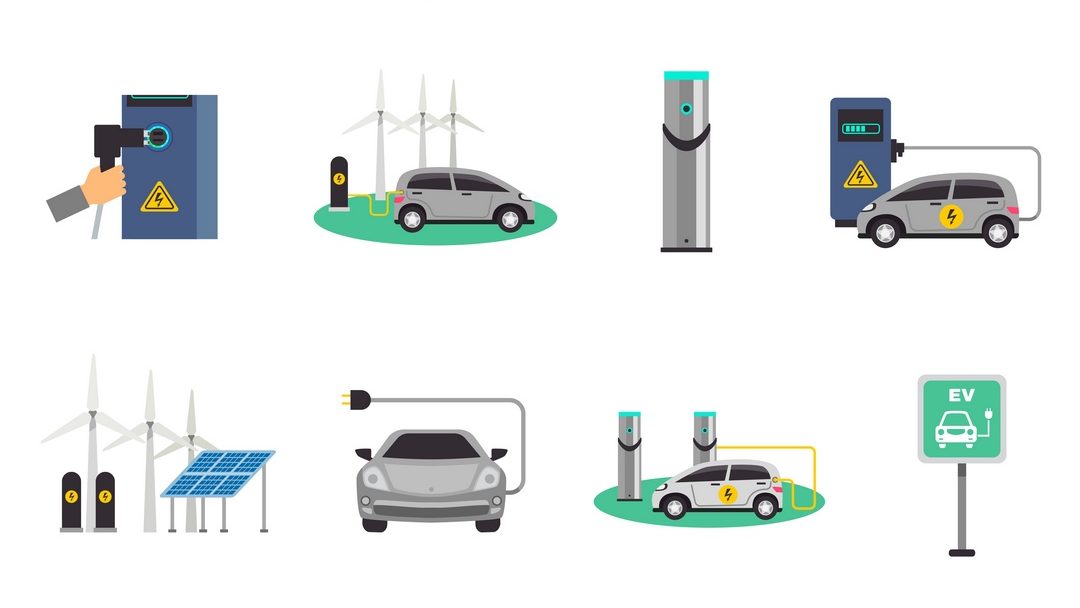
安全に関する考慮事項とベストプラクティス
これらの強力なエネルギー源を安全に使用するには、リチウム電池を取り扱う際にベストプラクティスに従い、予防措置を講じることが重要です。 リチウム電池 正しく使用しないと危険です。常に以下の指示に従うことが重要です。 メーカーの指示に従い、電池を慎重に取り扱ってください。以下に、安全上の考慮事項と留意すべきベスト プラクティスを示します。
| 安全上の考慮事項 | ベストプラクティス |
|---|---|
| バッテリーを極端な温度にさらさないでください | いつも バッテリーを収納する 室温で |
| バッテリーに穴を開けたり損傷を与えたりしないでください | バッテリーを保護するケースやカバーを使用する |
| バッテリーの過充電や過放電を避ける | お使いのバッテリーに対応した充電器を使用してください |
これらの考慮事項に加えて、リチウム電池を常に子供やペットの手の届かない場所に保管することが重要です。これらの電池は小さな子供にとって非常に魅力的であり、飲み込むと深刻な害を及ぼす可能性があります。リチウム電池を適切に処分することも重要です。多くの電気小売店は電池のリサイクル プログラムを提供しています。または、地元のリサイクル センターに電池を持ち込むこともできます。
これらの安全上の考慮事項とベスト プラクティスに従うことで、リチウム バッテリーを安全かつ効果的に使用できます。常に注意して取り扱い、そのパワーを尊重することを忘れないでください。
リチウムイオンセルとバッテリーパック
エネルギー貯蔵の世界では、ポータブル電子機器や電気自動車に関する議論の中で、「リチウムイオン電池」や「バッテリーパック」という言葉がよく出てきます。これらは相互に関連していますが、現代の生活に欠かせないこの 2 つのコンポーネントの基本的な違いを把握することが重要です。
リチウムイオン電池:構成要素
リチウムイオン セルを基本単位、つまりバッテリー壁のレンガとして想像してください。これは自己完結型の発電所であり、電気エネルギーの貯蔵と放出に必要なすべての必須コンポーネントを網羅しています。この小さなパッケージの中には、カソード (正極)、アノード (負極)、セパレーター、および電解質が入っています。リチウムイオン セルを充電すると、リチウムイオンがアノードからカソードに移動します。放電時には、リチウムイオンがカソードからアノードに戻り、私たちが頼りにしている電流を生成します。
リチウムイオン電池にはさまざまな形やサイズがあり、特定の用途に合わせて調整されています。たとえば、スマートフォンやノートパソコンには小型の円筒形電池が使われ、電気自動車やエネルギー貯蔵システムには大型の角柱形電池やポーチ形電池が使われています。個々の電池の容量は通常、アンペア時間 (Ah) と電圧 (V) で測定され、平均電圧は電池 1 個あたり約 3.7V です。
バッテリーパック: 集合的なパワーハウス
さて、全体像を見てみよう。それはバッテリーパックだ。これは複数のリチウムイオンセルを戦略的に配置したもので、特定のデバイスやアプリケーションのエネルギーと電力の需要を満たすように綿密に相互接続されている。個々のセルの他に、バッテリーパックにはバッテリーなどの追加コンポーネントが含まれている。 マネジメントシステム (BMS) このインテリジェントなシステムはセルを注意深く監視し、セルが安全かつ効率的に動作することを保証します。
バッテリー パック内のセルの数は、必要な容量と電圧を提供するために大幅に異なります。たとえば、スマートフォンのバッテリー パックには 1 個または数個のセルしか収容されない場合がありますが、電気自動車のバッテリー パックには、モジュールまたはレイヤーに複雑に編成された数千個のセルが含まれる場合があります。
まとめると、リチウムイオン セルとバッテリー パックの主な違いは、規模と目的にあります。リチウムイオン セルは、電気エネルギーの貯蔵と放出を担う基本ユニットです。対照的に、バッテリー パックは、複数のセルを特徴とし、多くの場合、管理機能と安全機能が追加されている、壮大なアンサンブルです。この違いを理解することは、現代の世界を特徴づける無数のデバイスとシステム用のエネルギー貯蔵ソリューションを評価および設計する際に不可欠です。
将来のトレンドとイノベーション
最新の素晴らしいイノベーションをぜひお楽しみください ポータブル電源 ソース!
テクノロジーが進歩するにつれ、 リチウム電池 リチウム電池は幅広い用途に導入されており、その将来は明るく、エキサイティングな開発が進行中です。最も有望なトレンドの1つは、エネルギー密度の向上の追求であり、これにより より多くの電力を蓄えるリチウム電池 より小さなパッケージで。
もう一つの注目すべき革新分野は、充電時間の短縮化の推進です。 企業はリチウムを可能にする新しい技術を開発している バッテリーはこれまでよりも速く充電できるため、外出先での使用がさらに便利になります。携帯電話やノートパソコンを数時間ではなく、わずか数分で完全に充電できると想像してみてください。
さらに重要なのは、 リチウム電池の未来は明るくなりそうだ 固体電池やリチウム硫黄電池などのクールな新技術が登場し、これまで以上に多くの革新が起こりつつあります。これらのイノベーションは、 リチウム電池市場バッテリーはより小型、軽量、強力、かつ効率的になります。
たとえば、固体電池は液体電解質の代わりに固体電解質を使用するため、エネルギー密度が高く、寿命が長くなります。この技術はまだ開発中ですが、電気自動車、家電製品、再生可能エネルギー貯蔵に革命をもたらすことが期待されています。
一方、リチウム硫黄電池は、固体電池よりもさらに強力になる可能性があります。従来のリチウムイオン電池とは異なる化学反応を採用しているため、エネルギー密度が高く、コストが低くなります。ただし、硫黄カソードの不安定性や固体電解質界面の形成など、克服すべき課題がまだいくつか残っています。
こうした課題にもかかわらず、多くの研究者や企業がこの技術の開発に取り組んでおり、近い将来、リチウムイオン電池の代替として実現可能となる可能性があります。
リサイクルへの関心が高まっている リチウム電池 貴重な材料を回収し、廃棄物を削減します。リチウム電池の需要が高まり続けるにつれて、材料の持続可能な供給を確保するためにリサイクルがますます重要になります。企業はすでに、使用済み電池からコバルト、ニッケル、リチウムなどの材料を回収する技術を開発しており、電池の製造と廃棄による環境への影響を軽減するのに役立ちます。
こうしたエキサイティングな展開が近づいている中で、 リチウム電池 今後も、現代世界を動かす上で重要な役割を果たし続けるでしょう。
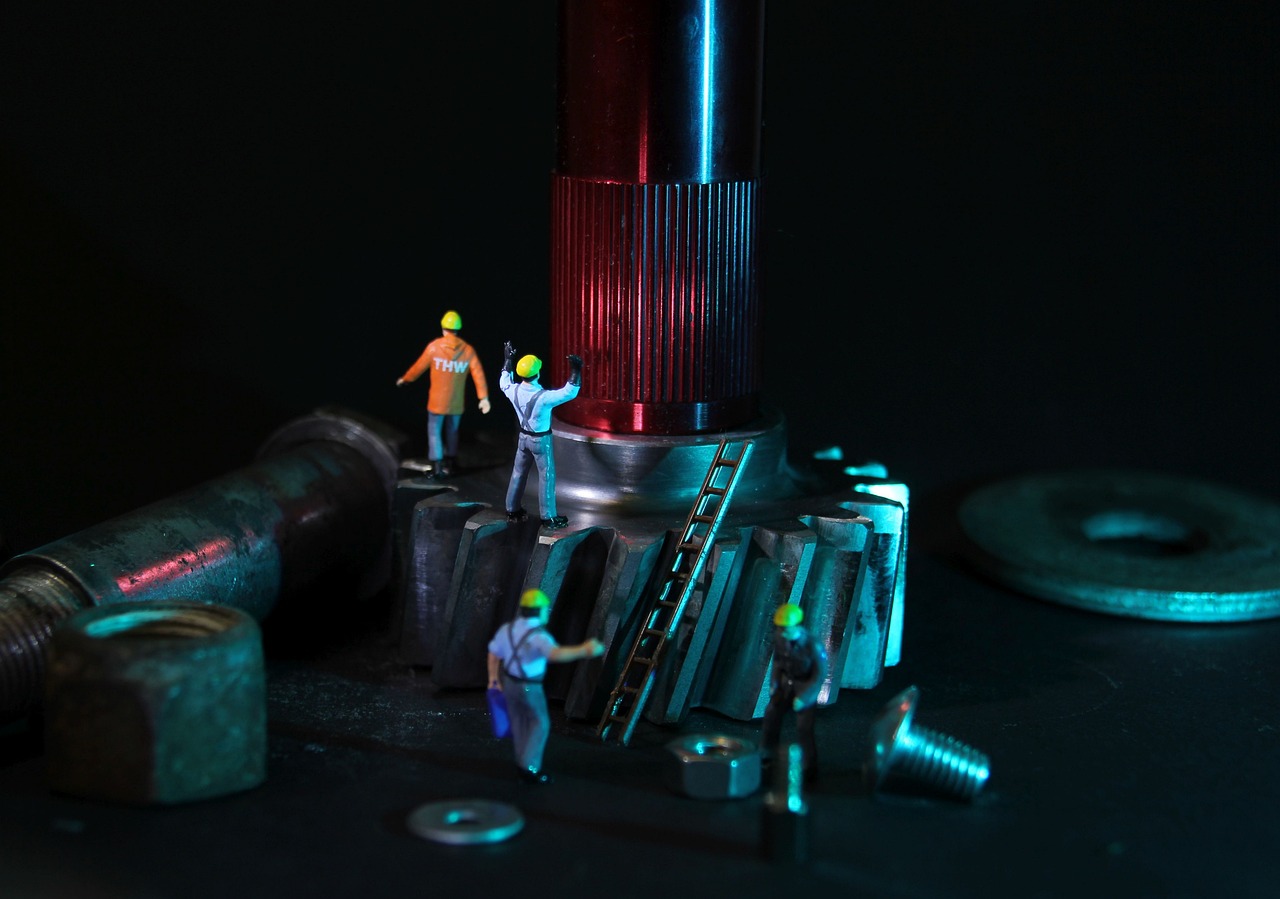
結論
おめでとうございます。リチウム電池の基礎をマスターしました。リチウム電池とは何か、どのように機能するのか、そしてその利点について、より深く理解できました。ただし、安全上の考慮事項とベストプラクティスを忘れないでください。
常に処理する リチウム電池 事故を避けるために、慎重に、指示に注意深く従ってください。作業を進める際には、リチウム電池の象徴性に留意してください。
バッテリーと同じように、あなたにも自分自身を充電して活力を与える力があります。あなたも他の人のエネルギー源となり、彼らに活力を与え、彼らが潜在能力を最大限に発揮できるよう手助けすることができます。
だから、外に出て、リチウム電池のように、良い影響を与えましょう。
もっと詳しく見る トップへ リチウム電池に関する質問!
